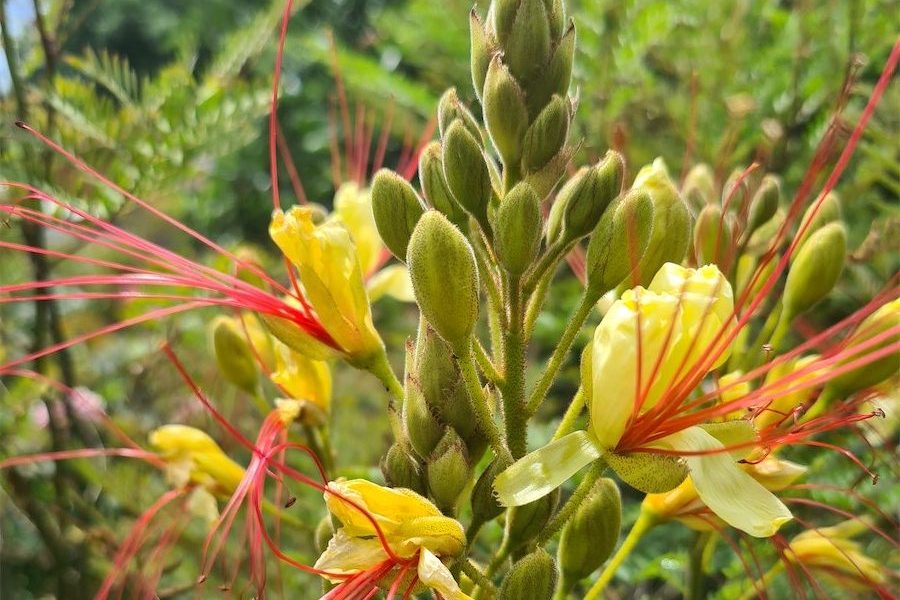
Ornamental grasses, which have become popular over the past few years, can be a low-maintenance option for any garden, says gardening columnist JACKIE WARBURTON.
There are a large variety of ornamental grasses, native and exotic, that can provide year-round colour and interest.

Tall grasses fill gaps in large gardens and smaller grasses can border small gardens. Grasses are drought hardy and photosynthesis differently to most plants; they have mechanisms that shut down when temperatures get too hot and conserve moisture.
Many grasses can look great throughout the year with summer flowering plumes and graceful arching stems, as well as autumnal colours when the frosts arrive.
Once mature, the low-maintenance grasses gently blow in the wind and create visual interest amongst other plants as well as providing habitat and food for wildlife.
Grasses like to grow in an open, sunny position with free-draining soil. They generally don’t like wet feet, although there are some options for wet, clay soils.
In the right conditions, large grasses can grow up to two metres tall.
My favourite is Miscanthus sinensis with its dramatic, large, summer flowers and green foliage. The smaller Festuca glauca only grows to 20 centimetres. It has striking fine silver/grey foliage and in summer has tall cream flowers that sit above the plant.
The only maintenance needed for most grasses is a good chop in the middle of winter and in the spring. They will regrow and, every few years, can be divided and replanted or potted up.
There are many grasses that can become weedy if they’re not maintained and can have a build-up of dry, dead grass that’s highly flammable in dry times.
For grasses to look their best, they need to be mass planted, using different varieties with different heights to give a year-round display and to add a tropical touch to the summer garden.

THE deciduous, small bird of paradise shrub, Caesalpinia gilliesii grows well in the Canberra region.
It can be fickle to grow and doesn’t like to be transplanted, but it can self-seed.
The seed is required to be scarified, meaning the hard seed coat needs to be broken to allow water in and germinate.
Soak the seed in boiling water and repeat until the seeds have swollen. Then they’re ready for planting. Sow in a peat-propagating pot with a seed-raising mix to limit the transplant shock in the future. Gently cover with potting media and keep moist.
The exotic fern-like foliage is dainty alongside the brilliant yellow and red flowers and a pollinator of insects. There is little or no pruning required to keep it in shape.
WITH the wet weather over the summer, powdery mildew will be a problem in the vegetable patch and it will show up on the leaves on plants such as zucchini and tomatoes. Remove damaged leaves to also help with ventilation around the vegetables you want to grow.
Be sure to place the damaged leaves in the green bin and not the compost.
Keep picking any produce that is ripe and this will encourage more to grow. Keep the vegetable garden well fed with quick-release fertilisers and get the garden ready for planting out autumn and winter crops.
Jottings
- Keep clean water dishes for birds and wildlife.
- Prune excess growth on apples and pear trees.
- Keep on top of weeds with this summer’s extra growth.
Who can be trusted?
In a world of spin and confusion, there’s never been a more important time to support independent journalism in Canberra.
If you trust our work online and want to enforce the power of independent voices, I invite you to make a small contribution.
Every dollar of support is invested back into our journalism to help keep citynews.com.au strong and free.
Thank you,
Ian Meikle, editor





Leave a Reply